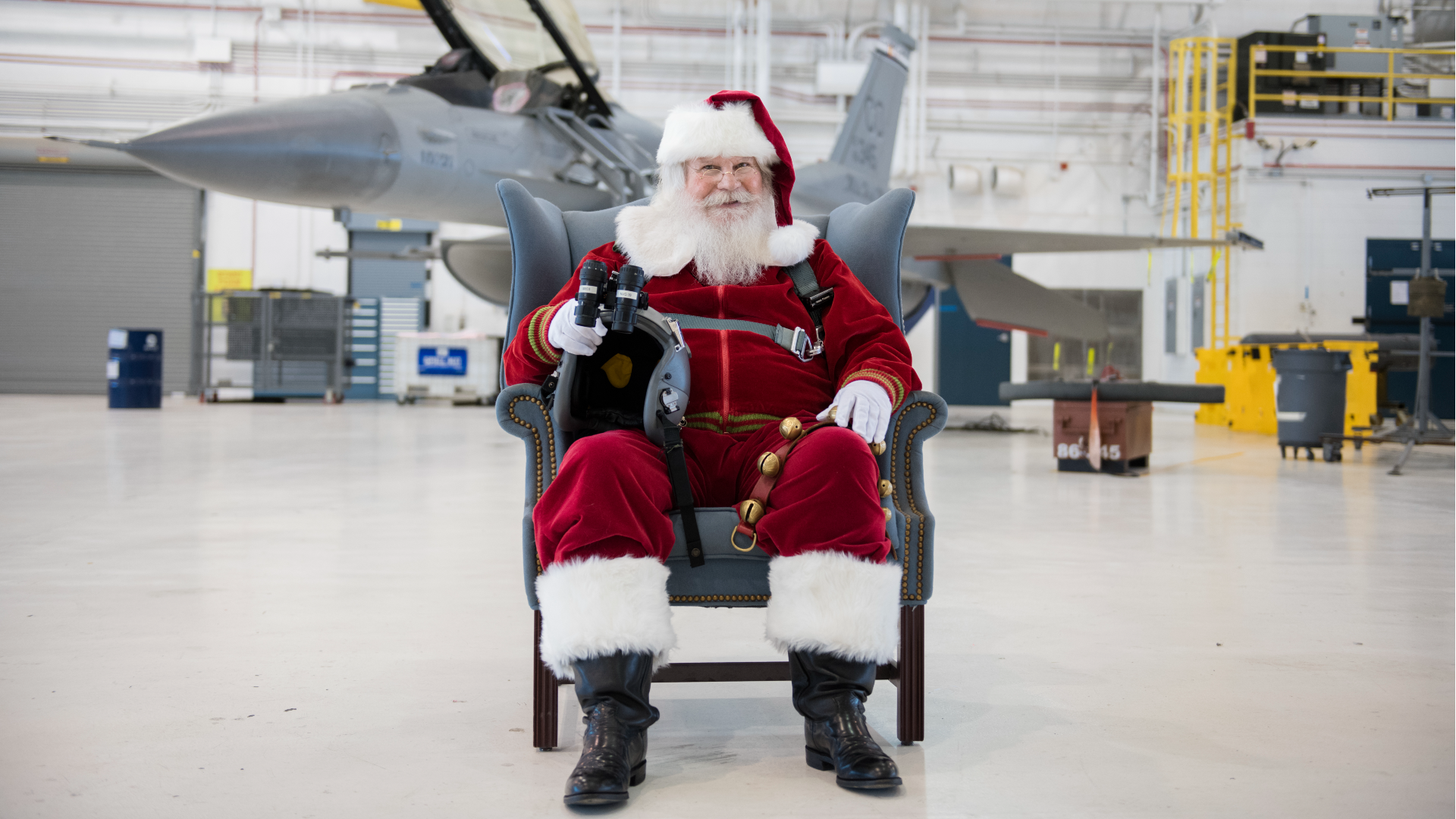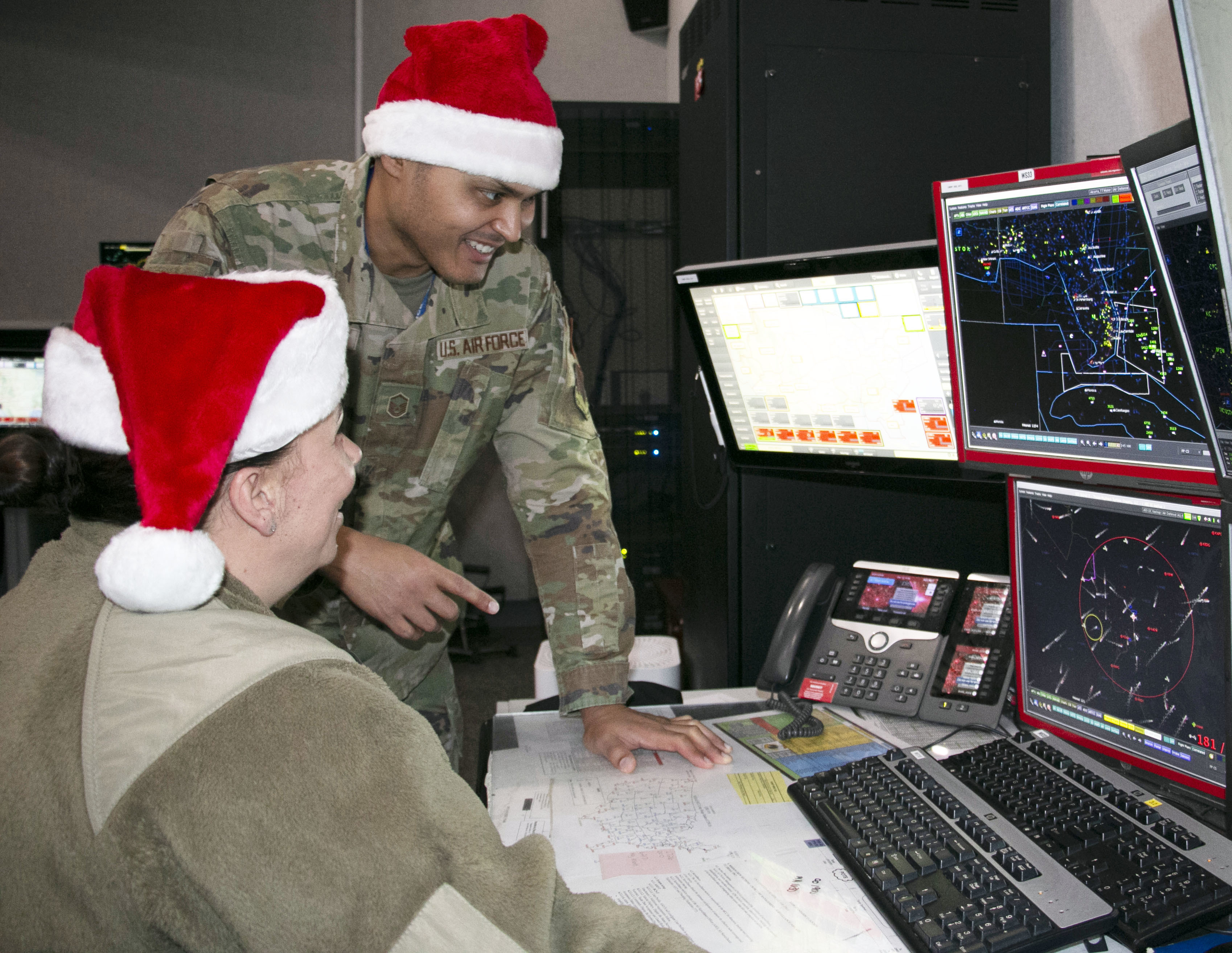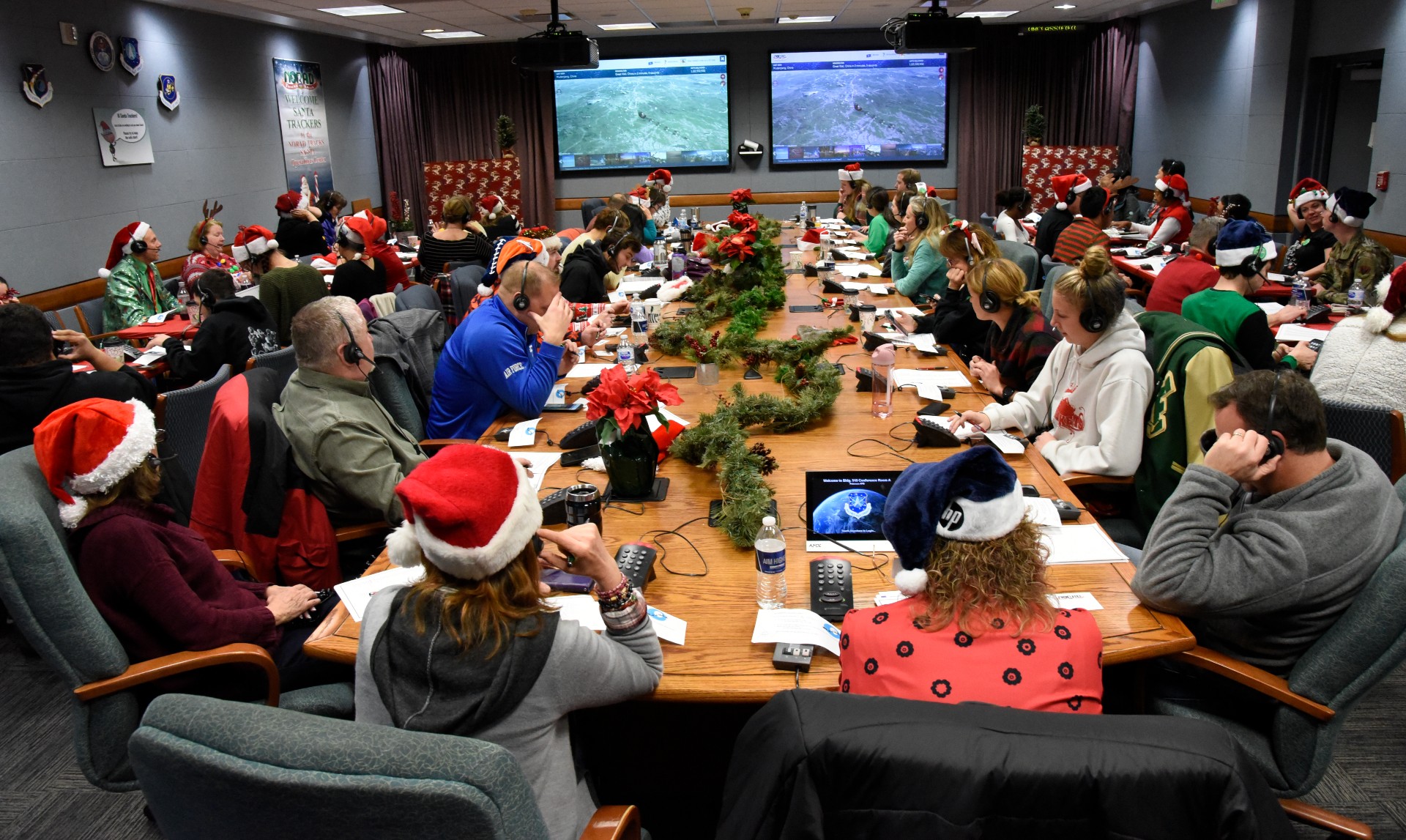Santa Claus is coming to town! Here's how to track him this Christmas Eve with NORAD
From nukes to St. Nick, NORAD uses its early-warning system to track international interlopers.

As many children around the world eagerly await the arrival of Santa Claus on Christmas morning, the North American Aerospace Defense Command (NORAD) is making the wait a little easier with its annual Santa Tracker.
NORAD is a joint organization of the United States and Canada responsible for tracking objects in North American airspace and protecting the continent from potential airborne threats. Each Christmas, the organization uses its North Warning System radar system and early warning satellites to track ol' Saint Nick and his reindeer as they bring joy to children who celebrate Christmas worldwide.
The minute Santa launches on his sleigh pulled by his eight famous reindeer (plus Rudolph!), NORAD begins tracking his progress. This year, the NORAD Santa Tracker will begin following Santa at 6:00 a.m. EST (0900 GMT) on Saturday (Dec. 24).
Related: Christmas night sky 2022: The planets pay a holiday visit
NORAD's Santa Tracker tradition has been going since 1955, when the organization's predecessor, the Continental Air Defense Command (CONAD), began offering updates on St. Nick's trip.
"While the tradition of tracking Santa began purely by accident, NORAD continues to track Santa," the official NORAD Santa Tracker website states. "We're the only organization that has the technology, the qualifications and the people to do it. And, we love it! NORAD is honored to be Santa's official tracker!"
Related: 10 Christmas space facts for the festive season
Get the Space.com Newsletter
Breaking space news, the latest updates on rocket launches, skywatching events and more!

Eager Santa trackers in the United States can even call in to NORAD to inquire about Kris Kringle's current whereabouts as he makes his way around the world.
"The NORAD Tracks Santa Operations Center is fully operational beginning at 4 AM MST on December 24th," the tracker's official website states. "You can call 1 877 HI-NORAD (1 877 446-6723) to talk directly to a NORAD staff member who will be able to tell you Santa's exact location. Operators are available until midnight."
Over 1,250 NORAD personnel join in on the Santa Tracker effort each year, answering phone calls and emails about Santa's progress.
The NORAD Santa Tracker is powered by simulation software developed by AGI/Ansys. Adam Gorski, an aerospace engineer with Ansys Government Initiatives, told Space.com that the simulation software enables NORAD to provide the most accurate track of Santa Claus as possible. "Ansys simulation software is used to ensure NORAD can safely track Santa as he travels around the world," Gorski said. "Ansys simulations ensure NORAD satellites can detect the heat from Rudolph's nose, and radars can track Santa's sleigh high in the sky. Our simulations are also used to help Santa's elves perform some aerodynamic analysis on designs of his sleigh over the year."
The software even aids Santa's journey, Gorski added. "In order to ensure on-time delivery by Christmas morning, Santa's sleigh travels at hypersonic speed – Mach 7. Ansys simulation software helps Santa determine if the sleigh needs more reindeer to maintain balance and gain additional power and efficiency."

The NORAD Santa Tracker website even includes specifications and technical data for Santa's sleigh: It has a maximum speed of "faster than starlight" and its emissions remain classified — probably for the sake of the reindeers' dignity.
According to NORAD, Santa's wondrous aircraft measures 75 by 40 by 55 candy canes (150 by 80 by 110 lollipops) and its weight at takeoff is 75,000 gumdrops. Its passenger weight at takeoff for Santa Claus is 260 pounds (118 kilograms), while its passenger weight at landing is 1,260 pounds (571 kg). All of those cookies and milk add up!
Follow Brett on Twitter at @bretttingley. Follow us on Twitter @Spacedotcom or on Facebook.
Join our Space Forums to keep talking space on the latest missions, night sky and more! And if you have a news tip, correction or comment, let us know at: community@space.com.

Brett is curious about emerging aerospace technologies, alternative launch concepts, military space developments and uncrewed aircraft systems. Brett's work has appeared on Scientific American, The War Zone, Popular Science, the History Channel, Science Discovery and more. Brett has English degrees from Clemson University and the University of North Carolina at Charlotte. In his free time, Brett enjoys skywatching throughout the dark skies of the Appalachian mountains.









